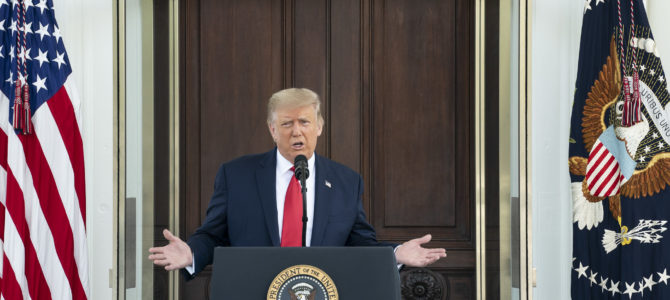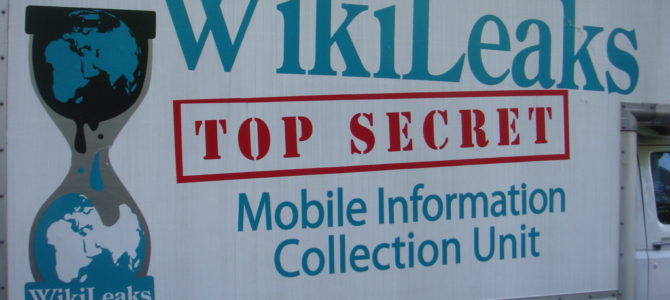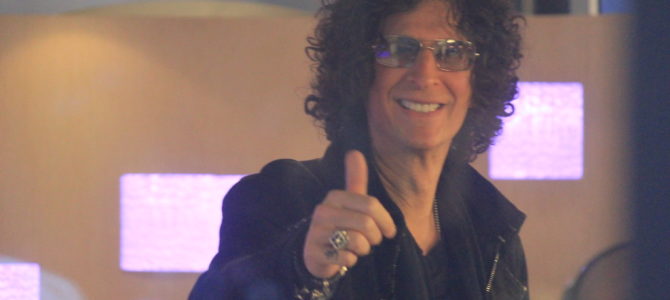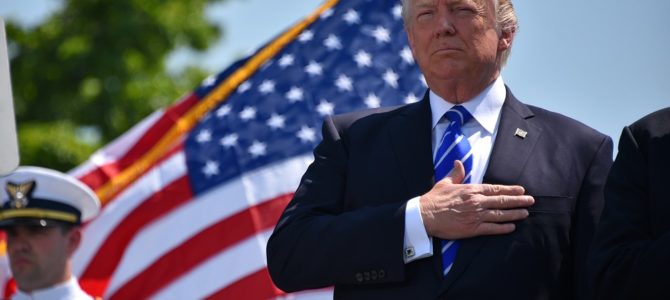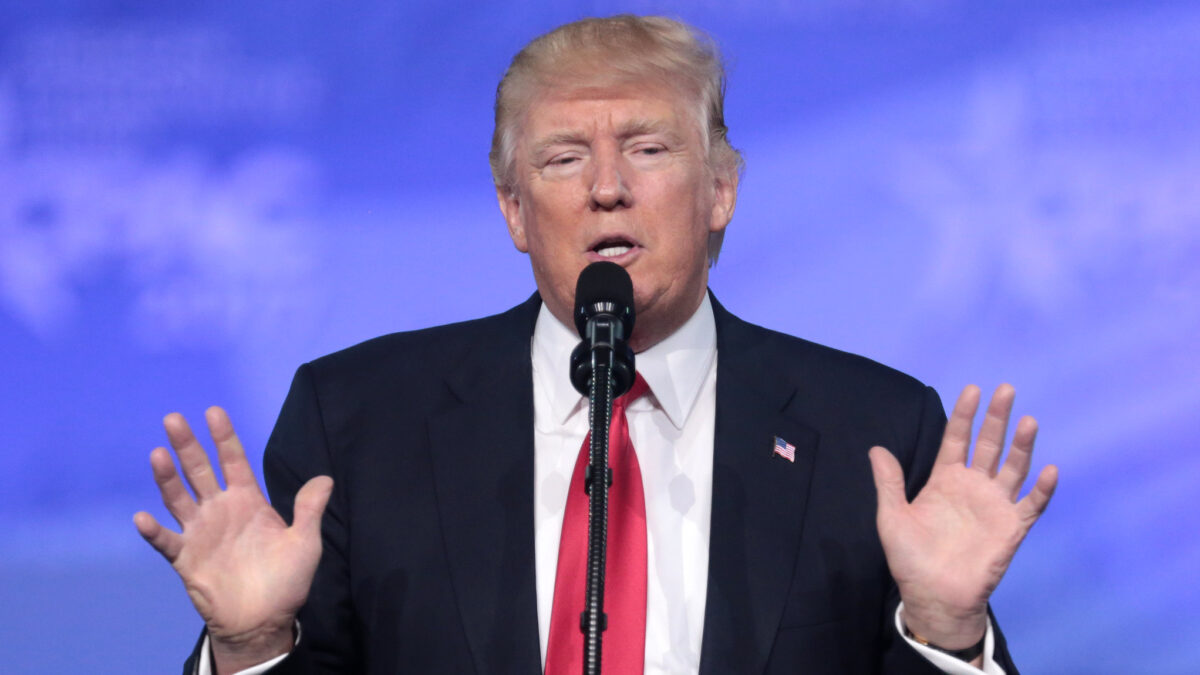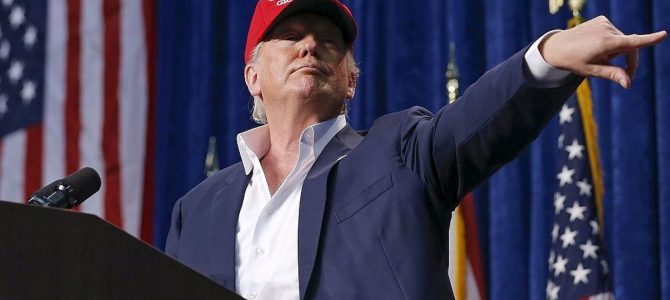
Every September for the past 15 years, my parents have hosted a “harvest party” at their home in Alaska. It’s really a giant potluck, with the twist that guests have to “harvest” whatever they bring. Since this is in Alaska, people show up with things like smoked salmon, halibut chowder, dall sheep stew, mountain goat chili, moose ribs, and spruce grouse tacos. One year, my brother spit-roasted a porcupine (I’m told it tastes like rabbit).
This year, I happened to be visiting my folks during the harvest party and saw firsthand what an eccentric cornucopia it is. But as the afternoon faded into evening and everyone began huddling around a large campfire, it struck me that all the strange food is really a medium—albeit a delightful one—for something much more important: creating community and tradition.
Not that the harvest party crowd looks like a “community,” exactly. The dozens of friends, neighbors, and perfect strangers who show up with homemade dishes every fall are something of a motley bunch—people from all walks of life, rich and poor, professional and working-class, secular and religious. But they come and share food and forge friendships year after year, creating bonds that knit them together and expand their social horizons.
This year, a woman no one knew came with her two young children. She’d just moved to the area from California and didn’t know anybody. Now she knows a bunch of people, including her new neighbors.
The Erosion of Community Breeds Despair
I mention the harvest party because it’s the kind of tangible manifestation of community that’s gradually fading in America. It used to be common. Such gatherings helped form strong social connections between families, cementing the bonds created by institutions like churches, unions, and volunteer associations. In many cases, strong communities were necessary for survival, forming a kind of communal safety net at a time when fewer people relied on public assistance.
Strong communities didn’t just provide support, they even improved health. In a recent essay for Touchstone, Karl D. Stephan writes about the “Roseto effect” in the town of Roseto, Pennsylvania. In 1964, Dr. Stewart Wolf published a study that found the town’s Italian residents, an insular immigrant community, had remarkably low rates of heart attack—even though their diet, exercise, and other habits were more or less the same as those of surrounding communities. What was different about Roseto’s Italians was that they formed an incredibly close-knit, traditional community, anchored by the local Catholic church and a network of charities and social clubs. What became known as the Roseto effect, writes Stephan, was nothing more than “the health benefits that can accrue from such non-material causes as strong social ties and a confidence about one’s place in the world.”
In vast swaths of America today, and especially in working-class white communities, we’re beginning to see something like the opposite of the Roseto effect. Call it the Hazelton effect. Social bonds are weakening, along with the institutions that created them. The number of Americans who identify with no church or religion—the so-called “nones”—is increasing, and the share of self-identified Christians is declining. Volunteerism is waning. A 2015 study by the Bureau of Labor Statistics found the rate of volunteerism nationwide was less than 25 percent, the lowest level since BLS began tracking it in 2002. Labor unions, which once gave working class communities, especially those across the Rust Belt, a sense of solidarity and support, no longer provide that role. In many places, they’re simply gone—along with the manufacturing jobs of their erstwhile members.
In the place of these institutions, Americans at the bottom of the economic ladder increasingly turn to public welfare for support. But government is a poor substitute for a close-knit community, and a growing reliance on welfare has coincided with growing social pathologies that breed a sense of alienation, frustration, and distrust for social institutions.
In recent years, sociologists like Robert Putnam and Charles Murray have charted a decline in “social capital,” or connectedness in American society. That decline is precipitous among poor whites, who are increasingly isolated not just from the rest of society but also from one another. For relief, they turn to drugs and alcohol. Opioid, meth, and heroin abuse in downscale white communities is on the rise. Mortality rates are down for every other demographic group in America, but they’re increasing for poor whites—mostly because of suicide, drug overdoses, and liver disease caused by alcoholism.
Taken together, the data describes not just a class of Americans in crisis, but the collapse of community—and in its place, a pervasive sense of despair.
Donald Trump’s Empty Promises
During the 2016 presidential election, that despair is finding expression in support for Donald Trump. During the primaries back in March, Michael Barone and others found that low social connectedness distinguished Trump voters from non-Trump voters. His supporters tended to work less, attend church less, and were less likely to volunteer. As the election has progressed, the profile of a typical Trump voter has of course changed, but one major Gallup survey found that even though Trump supporters don’t necessarily have below-average incomes, they’re likely to live in places marked by a fraying social fabric—places where people die younger and those who are poor tend to stay poor.
Trump has styled himself a champion of these communities, promising to stem the tide of immigrants he says have taken their jobs and punish companies he claims have shipped their jobs overseas. That’s why he visits places like Canton, Ohio, a struggling former steel town that’s been shrinking for decades. At a campaign stop there last week, Trump cited Ford’s recent announcement that it was moving all small-car production from the United States to Mexico and reiterated his promise to impose a 35 percent tariff on all imported vehicles.
The crowd in Canton cheered, just as crowds elsewhere have cheered. This week, Trump will hold a rally in Toledo, another shrinking Ohio city that once thrived on industrial manufacturing, its vacant and decaying downtown now a shadow of its former glory.
Trump promises these places renewal. He assures residents that the decline all around them is not their fault, that he can make their communities great again. Many of them believe it. They place in Trump a faith that once rested in their churches, their families, and their wider communities.
But these forgotten places in America don’t need anti-trade or anti-immigrant rhetoric any more than they need the economic welfare policies of Hillary Clinton and the Democratic Party. What they really need is social connectedness and solidarity. They need cultural renewal, which begins with families and churches coming together in mutual support.
The hard truth about such places is that there is little that government, with or without Trump, can do for them. If they are going to be great again, they will have to take a hard look at the sources of their decline. That means looking inward, not to China or Mexico—or even Washington.


